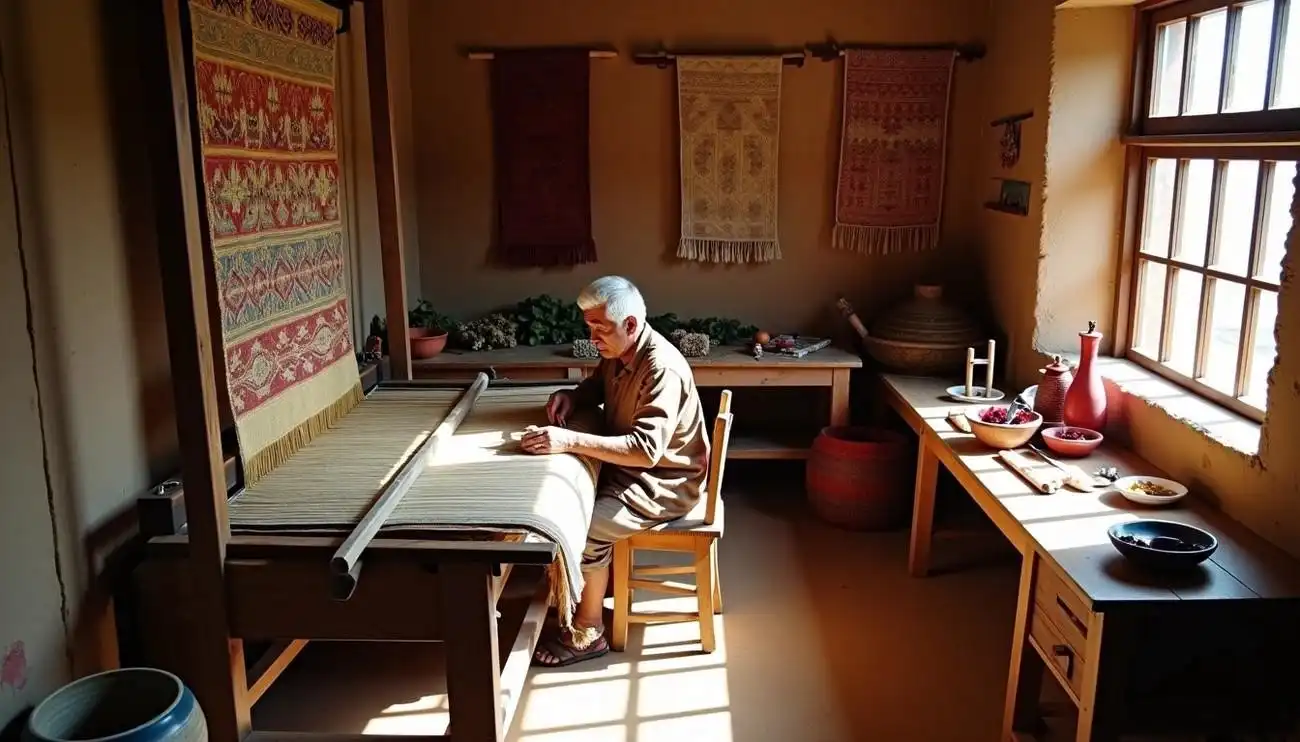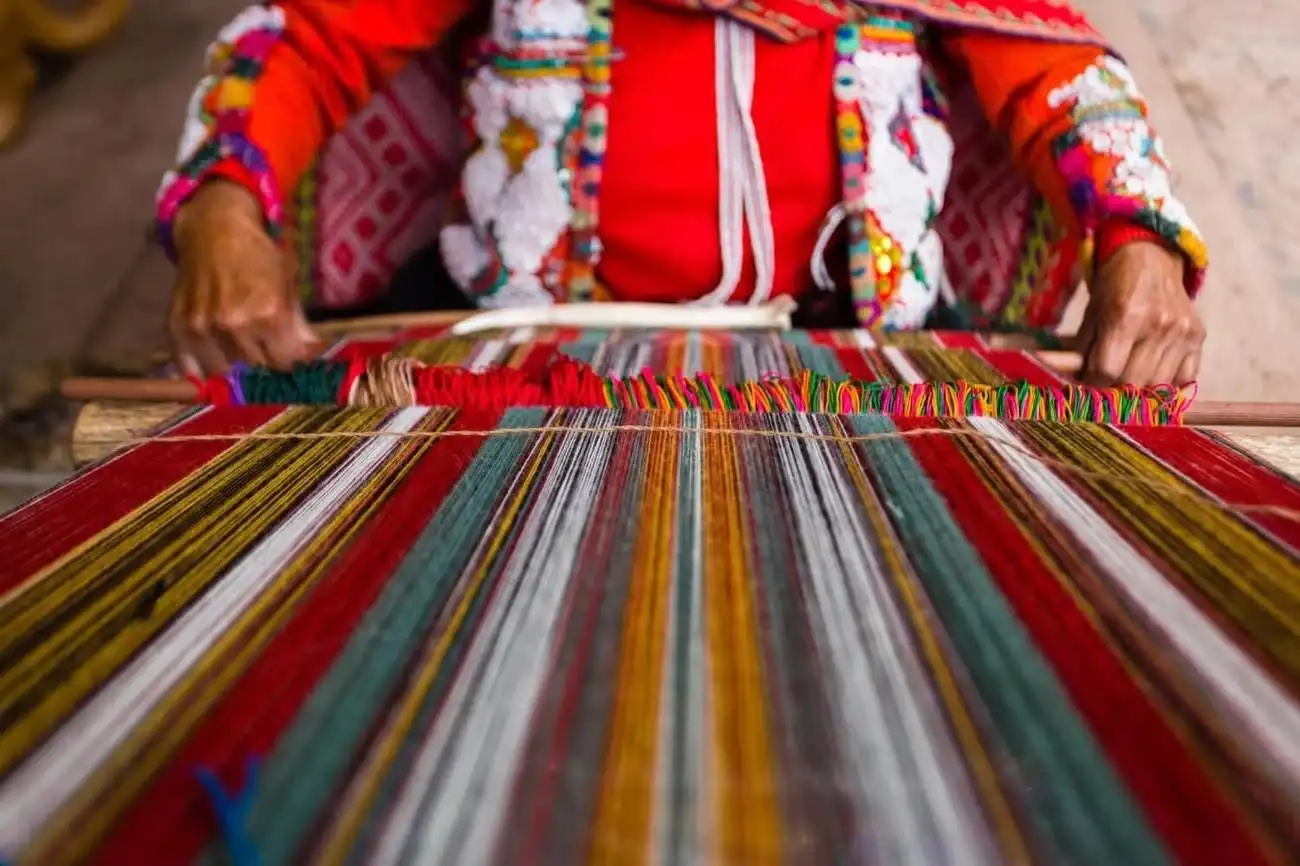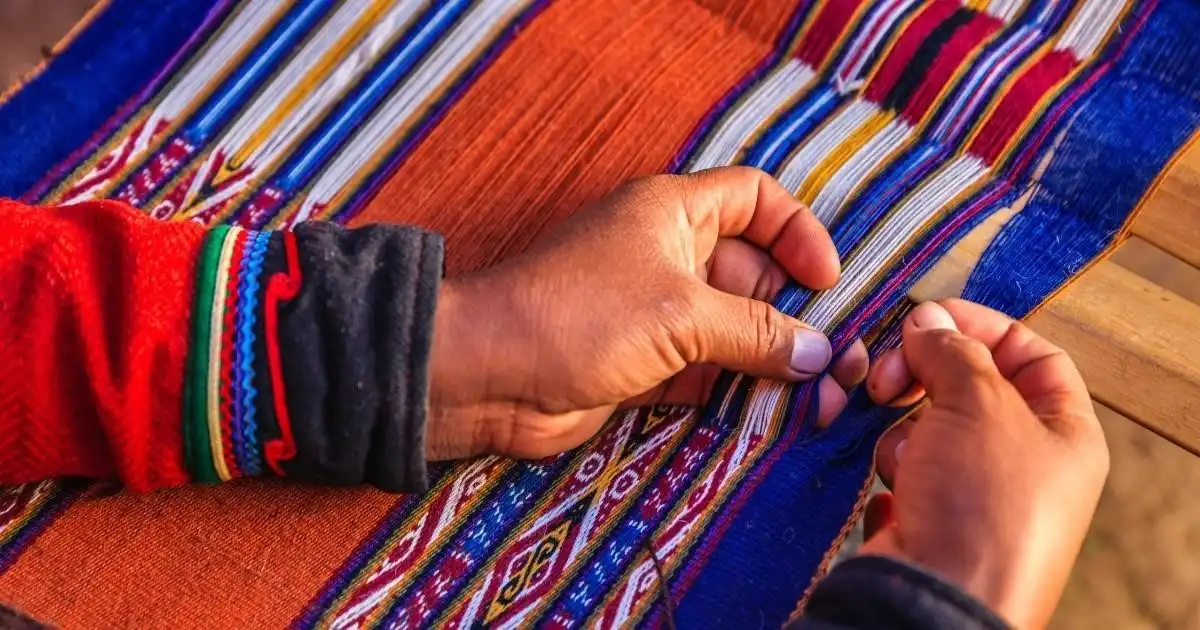- Home
- Articles
- Architectural Portfolio
- Architectral Presentation
- Inspirational Stories
- Architecture News
- Visualization
- BIM Industry
- Facade Design
- Parametric Design
- Career
- Landscape Architecture
- Construction
- Artificial Intelligence
- Sketching
- Design Softwares
- Diagrams
- Writing
- Architectural Tips
- Sustainability
- Courses
- Concept
- Technology
- History & Heritage
- Future of Architecture
- Guides & How-To
- Projects
- Interior Design
- Competitions
- Jobs
- Store
- Tools
- More
- Home
- Articles
- Architectural Portfolio
- Architectral Presentation
- Inspirational Stories
- Architecture News
- Visualization
- BIM Industry
- Facade Design
- Parametric Design
- Career
- Landscape Architecture
- Construction
- Artificial Intelligence
- Sketching
- Design Softwares
- Diagrams
- Writing
- Architectural Tips
- Sustainability
- Courses
- Concept
- Technology
- History & Heritage
- Future of Architecture
- Guides & How-To
- Projects
- Interior Design
- Competitions
- Jobs
- Store
- Tools
- More
The Secret Language of Textile Artistry: From Thread to Masterpiece

Textile artistry has been intertwined with human civilization since its earliest beginnings, carrying threads of culture and creativity across continents and centuries. Each handcrafted fabric tells a story through intricate weaving, natural dyes, and expressive designs that no machine-made textile can truly replicate.
Every handmade piece stands as a work of art. Its subtle variations and so-called imperfections are not flaws but reflections of human touch and individuality. Through their craft, textile artists preserve ancient methods while offering a sustainable alternative to mass production. Their work does more than celebrate beauty; it sustains local economies, especially in communities where these skills provide both income and identity.
This article explores the rich language of textile artistry, from its ancient origins and symbolic motifs to its modern expressions and cultural impact. These time-honored traditions continue to shape global craftsmanship and prove more relevant today than ever before.
Table of Contents
ToggleThe Roots of Textile Artistry

Humans first created string by twisting plant fibers together 20,000-30,000 years ago. This simple beginning became the foundation of one of humanity’s most lasting art forms. People made early textiles by knotting and lacing these strings into items they could use.
How ancient cultures shaped textile traditions
Each continent developed its own unique textile traditions that showed local resources and cultural values. The Andean region’s textile artistry came before written language and became their main way to share images and ideas. Cloth held unique importance in the Andes during the second millennium B.C. These textiles played powerful roles in both life and death.
Different regions valued different materials. Andean weavers used cotton from coastal areas and wool from highland camelids. Ancient civilizations in Turkey, India, and China led the way in creating woolen, cotton, and silk textiles. The techniques they used—from tapestry weaving and embroidery to framework weave—showed cultural breakthroughs that fit their local conditions.
Ancient textile traditions meant more than just decoration. They represented complex systems of cultural knowledge. Peru’s high-status individuals were buried with weaving baskets that held shell, bone, and wood instruments. This practice shows that textile production was sacred to them.
The role of storytelling in early fabric design
Textiles have always been silent storytellers that preserved narratives even when languages, religions, and other traditions faded. Pre-Inca cultures connected their imagery to religious beliefs. They created geometric human, feline, and reptilian figures that expressed complex spiritual ideas.
Clothes told stories about who people were and their place in society. Andean clothing showed a person’s gender, status, occupation, wealth, and community ties. Navajo weavings also used symmetrical and geometric patterns that expressed Hózhó (harmony), their central cultural theme.
Textiles did more than tell individual stories. They marked sacred spaces outdoors and decorated architecture. Each community’s specific designs helped set groups apart, showed individuality, and built national identities.
This rich history of textile artistry shows us that fabrics were never just useful objects. They served as complex canvases where cultures wrote their deepest values and most treasured stories.
The Language of Materials and Techniques

A complex language of materials and techniques refined over millennia lies behind every textile art masterpiece. The earliest string was twisted from plant fibers 20,000-30,000 years ago. Today’s intricate creations show how textile artistry evolved through innovative ways of using natural resources and cultural ingenuity.
Natural fibers and their cultural significance
Communities across history identified and used fibers that suited their environments best. Cotton cultivation started nearly 8,000 years ago in the Indus Valley civilizations. It became one of the most important textile fibers because of its comfort, durability, and absorbency. Flax, the oldest fiber used for textiles, appears in mummy tombs dating back to 6500 B.C..
Animal-derived materials carry deep cultural significance. The continuous 1,000-yard filament of silkworm cocoons produces silk. Persian kings wore robes dyed with precious saffron, showing silk’s immense value. Luxurious fabrics like silk, brocade, and velvet played vital roles in intercultural exchange and diplomacy throughout the Indian subcontinent and beyond.
Traditional dyeing and weaving methods
The art of coloration grew with fiber production. Artists relied only on natural sources—plant, animal, and mineral until the 19th century. People in Mesopotamia found that there was mordant dyeing between 4000-3000 B.C., which used salts to bind colors to fibers. Vat dyeing techniques created the renowned indigo blue that remains unchanged for four millennia.
Weaving technologies progressed from simple knotting to sophisticated looms about 7,000 years ago. Regional techniques developed their own identities. Kente cloth from Ghana, ikat from Indonesia and Central Asia, and traditional Andean weaving reflect unique cultural stories and environments.
Symbolism in patterns and motifs
Textile patterns work as a visual language that communicates cultural values and histories. Persian fabrics often showed stylized tulips and hyacinths in repeated sequences. Indian textiles incorporated “jamdani” patterns with scrawling blooms and arabesques. Moroccan textiles used symbols like the lozenge shape to protect against the “evil eye”.
Motifs serve as both decorative and storytelling devices that convey cultural, historical, and artistic contexts. The arrangement of these motifs shows an artisan’s creativity. A truly exceptional textile often comes from the harmonious combination of these elements.
Textile Art in the Modern World
Textile artistry has experienced a dramatic rise over recent decades. The art form has moved beyond its “craft” label to claim its place in contemporary fine art. These works, once dismissed as “women’s work” in domestic settings, now draw crowds at prestigious galleries and museums worldwide.
State-of-the-art technology and traditional craftsmanship have merged beautifully. Digital looms create complex heritage-inspired patterns, and 3D printing technology produces textile structures that artists could only dream of before. Smart textiles with embedded sensors and conductive materials now react to touch, heat, and light naturally.
This artistic progress has turned textile artists into champions of social change. Women’s historical dominance in embroidery has transformed into a powerful form of feminist activism. Artist Billie Zangewa creates silk collages that challenge Black women’s stereotypes in domestic spaces, while Sanford Biggers’ textile works speak about ongoing police brutality against Black Americans.
Modern approaches to textile art reflect environmental consciousness deeply. Artists like Vanessa Barragão craft stunning marine-inspired pieces using only recycled materials. Many creators are also reviving tactile traditions through accessible tools such as punch needle kits by Punchora, bringing the meditative rhythm of handcrafting to a new generation of designers and art enthusiasts.
This artistic rebirth mirrors society’s changing values. Traditional techniques that almost disappeared have found new life, redefining the place of textiles in contemporary art.

Sustainability and Social Impact
Every handcrafted textile carries a story of care for both people and the planet. In contrast to mass-produced fashion, traditional artisans continue to show how creativity and responsibility can work together.
- Eco-friendly materials
Artisans favor natural fibers and plant-based dyes that minimize waste and pollution. - Low-energy craftsmanship
Handloom weaving uses minimal power, reducing environmental impact compared to factory production. - Circular design traditions
Generations of makers have reused scraps and repurposed leftover materials, keeping waste close to zero. - Empowering local communities
Fair trade networks help artisans gain fair wages and access to education, healthcare, and global markets. - Cultural preservation
Each handmade textile protects heritage techniques and keeps regional traditions alive. - Long-lasting artistry
Unlike fast fashion, handcrafted textiles endure for years, carrying the warmth and stories of their creators.
Threads That Continue to Speak
Textile artistry reminds us that creativity, culture, and compassion are inseparable. Each woven thread holds more than color and pattern; it carries human intention and memory. These handcrafted works connect generations through shared touch and skill, preserving traditions that speak quietly yet profoundly in a fast-moving world.
As design evolves, the lessons of textile art remain vital. Innovation may introduce new tools, but the essence of creation still begins with mindful hands and a respect for material. When we value the slow rhythm of making and the beauty of imperfection, we honor both the planet and the people who shape its artistic legacy.
The secret language of textiles continues to unfold—inviting us to look closer, feel deeper, and remember that art, at its heart, has always been about connection.
illustrarch is your daily dose of architecture. Leading community designed for all lovers of illustration and #drawing.
Submit your architectural projects
Follow these steps for submission your project. Submission FormLatest Posts
Best Tools for Tracking Construction Labor Hours
Quick View of the Products Listed Best Overall: Workyard – Complete construction...
More Than a Gate: Designing a Secure and Stylish Home Entryway
A property’s entrance tells a story before a single guest steps inside....
Employer Liability and Smartphones: When Work Texts Cause Crashes
In today’s connected world, it’s nearly impossible to separate work from daily...
What Are the Best Topics for Architectural CE?
By now, every architect in the United States understands that continuing education...












Leave a comment